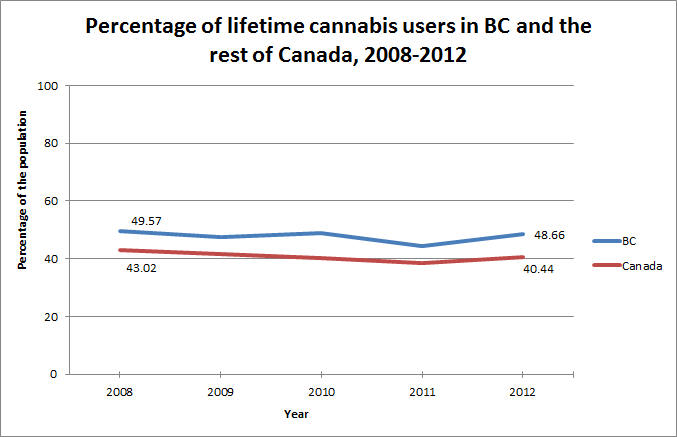It has been over forty years since the Nixon administration declared a “war on drugs”; the criminalization of drugs still reverberates throughout all corners of America today. Yet last November voters said “yes” on legislation that ended marijuana prohibition in not one but two states. Come January 2014, Washington and Colorado will allow adults 21 years and older to use, manufacture and sell cannabis in a manner similar to alcohol or tobacco. In a nation that charges over 1.5 million people per year for drug violations, how did such a shift happen?
Let’s back up to November 2000 when Colorado passed its first medical marijuana legislation, Amendment 20, which initiated what has become the most successful and sophisticated medical marijuana industry in U.S. history. With more medical marijuana shops than liquor stores or Starbucks outlets, the industry has created an infrastructure and attitude that has changed the way Coloradans think about pot.
This important shift in mentality has moved the conversation from drug criminalization to profitability and regulation. The medical marijuana industry proved that big bucks were being made in the state of Colorado – what has since been termed the “Green Rush.” According to the State of Colorado website, medical marijuana sales were over $200 million, generating over $5 million in state sales tax. Evidence like this caused activists to project and campaign a $600 million profit margin per year – a profitability that the majority of Coloradan voters wanted.
Unfortunately, though, you can’t just say “marijuana is legal” and expect things to sort themselves out. Over the past year, activists, lawyers and politicians of Colorado’s Amendment 64 campaign have been putting out fires and doing everything necessary to smoothly implement the new state law.
The biggest post-legalization concerns surround children, driving and taxation. According to the Denver Post, from 2005 to 2009, Children’s Hospital Colorado had virtually zero emergency room visits from pediatric marijuana ingestions. When conversation of legalization began in 2010, there were 14 emergency room visits. That same year, poison centre calls from pediatric marijuana ingestions doubled. Since then, regulators have been working to create safety measures that can prevent such exposures, including childproof packaging that could be required for all cannabis products in the state come the new year.
Regulators have also been working hard to devise safeguards on our roads. Unlike alcohol, there is no clear-cut consensus on the amount of marijuana that would impair a driver’s ability. Marijuana users could have tetrahydrocannabinol (THC) in their body for up to a week or more after lighting up, making it difficult to assess the driver. Since Amendment 64 passed, a new law has set a THC of 5 or more nanograms per millilitre to be considered illegal. However, even with the new standard, skeptics are expecting numerous defendants and court cases to emerge as the law becomes implemented.
The last and most recently debated step in the legalization process has been to establish state revenue goals and taxation laws. On November 6, 2013, voters overwhelmingly approved Proposition AA, authorizing a 15% excise tax and special sales tax of up to 15%. Adding this to county sales taxes as high as 15%, this makes pot one of the most heavily taxed consumer products in Colorado – higher than alcohol even without taking local levies into account.
A recent Forbes article argued that with taxes that high, there is serious concern that legal marijuana may have trouble competing with the black market. BOTEC analysis corporation report estimates that a legal ounce of weed will cost anywhere from $482 to $723 – much higher than the estimated black market price of $238. If those price comparisons are the actual prices, Colorado may be perpetuating instead of eliminating illegal cannabis, undermining Amendment 64 altogether.
Come January 1st, Colorado is open for business and the world is watching. Colorado and Washington alike will serve as important examples of what marijuana legalization should or should not look like. If legalization is successful, other states, provinces or countries may follow suit. If it is not, legalization could risk pushing drug policy back and perpetuating the black market and criminalization even further.
Using Colorado’s road to legalization as an example, do you think B.C. is ready?
*Please note that the material presented here does not necessarily imply endorsement or agreement by individuals at the Centre for Addictions Research of BC
Author: Alissa Greer, Research Project Coordinator at Rocky Mountain Poison and Drug Center




